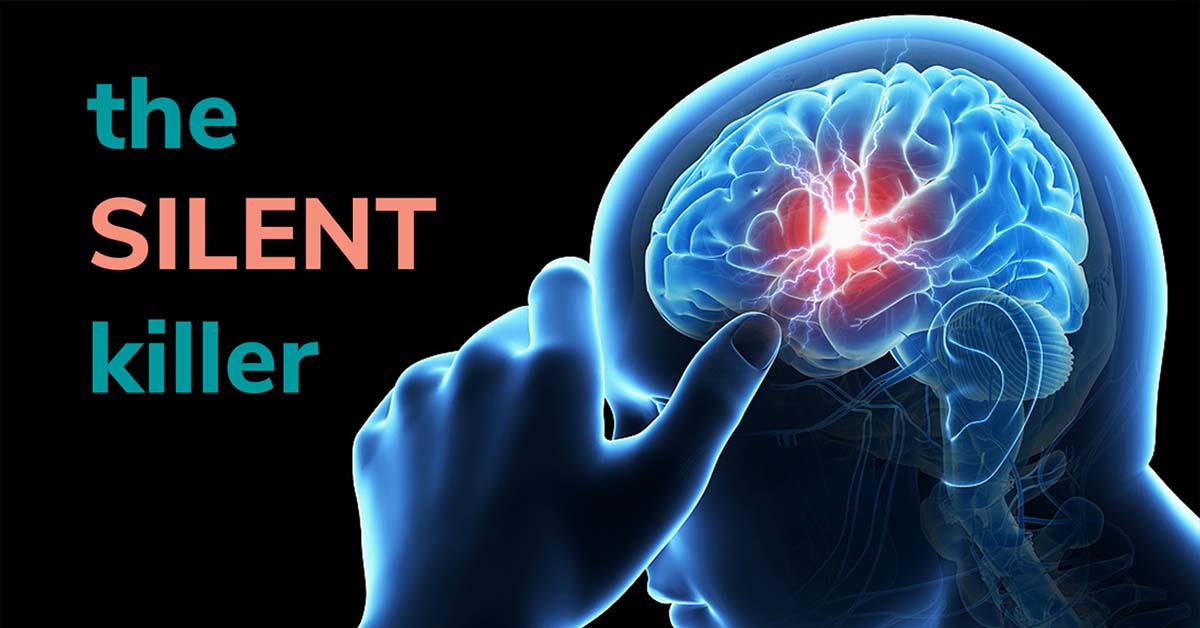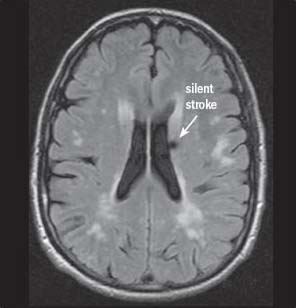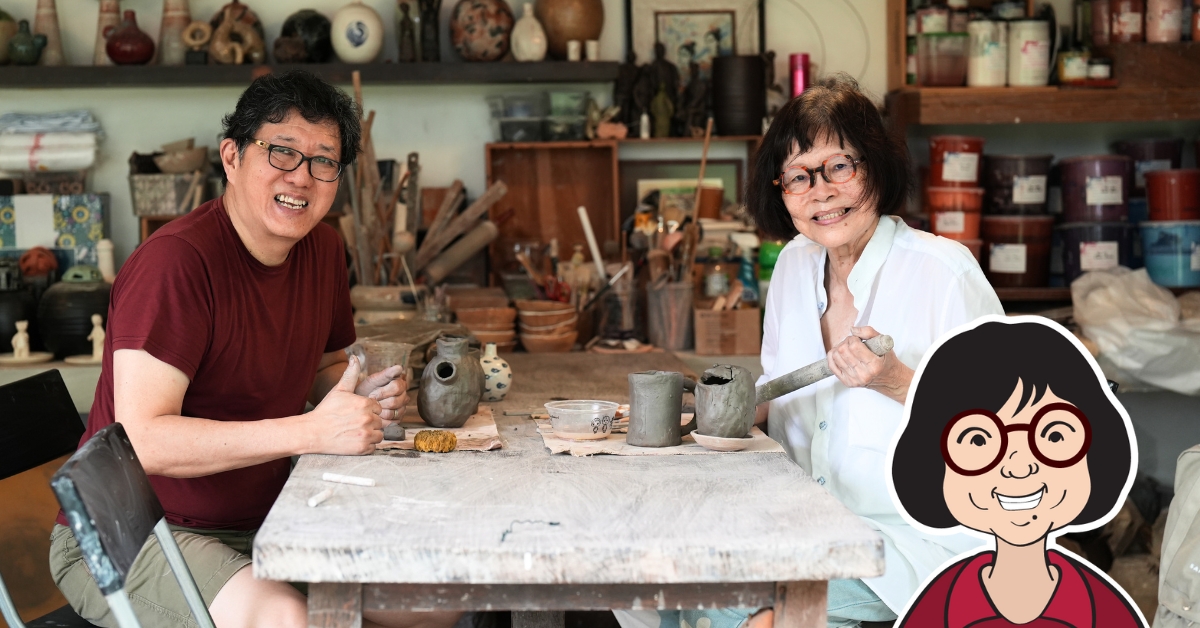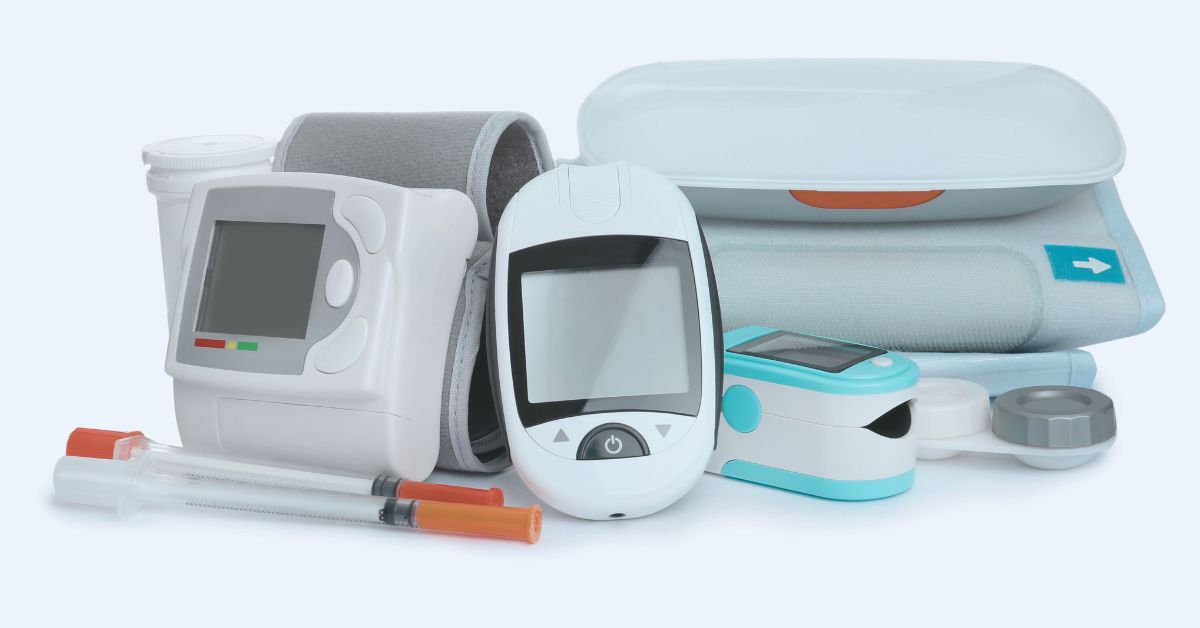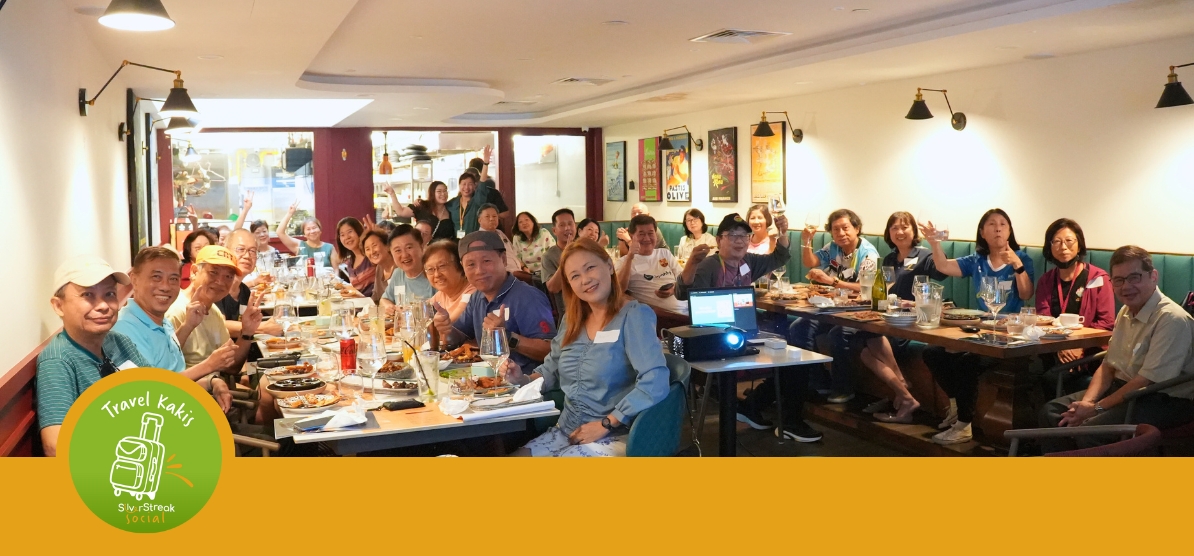As one of the top causes of death in Singapore, Stroke is a constant worry that we all have. According to SingHealth, there are 26 new stroke cases everyday.
Ischemic Stroke and Haemorrhagic Stroke are strokes with visible symptoms because it affects a part of our brain that controls any visible functions like speaking or moving. But did you know that there exists another type of stroke that is much more common and most of us may never realize that we’ve had it?
For every 1 person who has a stroke with symptoms, about 14 others have a Silent Stroke.
Now you may wonder what exactly is a Silent Stroke? Harvard Medical School have explained that a Silent Stroke occurs when there is an interruption in blood flow that destroy areas of cells in parts of the brain that does not control any vital functions.
Therefore, unlike Ischaemic and Haemorrhagic strokes, the symptoms of Silent Strokes are far subtler and harder to spot. In fact, most people who have suffered from one have no idea it even occurred and this may also be why some of us are hearing it for the first time.
Advertisement
The Challenge to Identifying A Silent Stroke
Although the effects of a Silent Stroke are not as apparent, it does not mean that they are any less significant. It is important to know that the cumulative effects of Silent Strokes may eventually lead to significant memory issues or even dementia. Worse case, it may increase the likelihood of more serious strokes in the future.
By nature, Silent Strokes are hard to recognize because a person who is suffering from one would display the same symptoms that are usually attributed to normal aging problems. This is the reason why Silent Strokes continue to be undetected because the symptoms includes (but are not limited to) impairment of a person’s balance, temporary lack of coordinated muscle movement, sudden changes in mood or personality and loss of cognitive abilities.
How then does one discover that he has suffered from a Silent Stroke?
Unfortunately, by accident. The way most people discover they had one is through an MRI or CT scan for another condition and when doctors notice that small areas of the brain have been damaged. This damage would appear in the form of white spots or lesions where functioning brain cells have either decreased or stopped entirely.
How to catch a Silent Stroke and its treatment
The best strategy to detect a Silent Stroke is to become proactive and see a doctor immediately. Catching a Silent Stroke early is better than discovering you’ve suffered from one by chance (or in this case of a Silent Stroke, not catching it at all).
Another strategy is to become familiar with the major risk factors that make Silent Strokes more likely to occur and this include –
- Diabetes
- High blood pressure
- High cholesterol
- Drug use
- Stress
- Cigarette smoking
- Cerebrovascular disease
- Atrial fibrillation
- Obesity
- Sedentary lifestyle
It is also prudent to observe potential warning signs like mood and personality changes, bladder control issues, lack of coordinated muscle movement, impaired balance and falls, and memory loss or cognitive issues.
The good news is if detected early, although the damage is permanent, therapy can help stimulate other parts of the brain to help regain abilities that may have weakened. Recovery may even occur as fast as 3-6 months. Alternatively, treatment that is available include thrombolysis, which is a process used to dissolve blood clots and restore blood flow through the use of medication.
Good habits for Stroke Prevention
Understandably, being told you previously had a silent stroke certainly sounds frightening. However, it is not a cause for alarm but rather a strong signal that you would need a new strategy to improve your cardiovascular health.
It is also not cost effective for everybody to have an MRI scan. So, it is imperative to manage the risk factors by getting ahead of your yearly health check-ups to fight against Silent Strokes.

